AFP photo
By
Cynthia M. Lardner
Many different radicalized extremist groups operate in Afghanistan, including the Afghan Taliban, Al-Qaeda, and ISIS. While ISIS and the Taliban share an ultraconservative interpretation of Islam with the avowed purpose of advancing radicalized Islam, the difference stops there. Whereas ISIS and al-Qaeda have adopted a global jihad against all nonbelievers, called apostates, the Taliban is focused on control in Afghanistan, viewing ISIS leaders and foreign fighters as intruders.
After having been besieged by war and terrorists almost continuously since 1978, NATO and the U.S. are supporting the Afghan government, a critical regional player in the Middle East and North Africa, in building a sustainable democratic government free from terrorism and corruption.
Complicating matters is that the Afghan Taliban is being backed by Russia. Russia’s interest is founded in President Vladimir Putin’s deep-seated fear that ISIS will further infiltrate the Russian Federation or countries of the former Soviet Union and its satellite states. To protect the border regions, Russia has contracted with the Taliban to act as its proxy, simultaneously entering into a proxy war with NATO and the U.S.
Afghanistan’s Primary Extremist Organizations
The Afghani Taliban
The Taliban is the dominant terrorist organization in Afghanistan. The Taliban was driven from power after 9/11 by a U.S.-led campaign aimed at dismantling al-Qaeda and denying terrorist organizations safe haven in Afghanistan. Despite the continued presence of NATO and U.S. led peacekeeping forces, in recent years, the Taliban has made major gains and is estimated to control more territory than at any time.
“Without the active support of the government in Islamabad, it is doubtful whether the Taliban could ever have come to power in Afghanistan. Pakistani authorities helped fund the militia and equip it with military hardware during the mid-1990s when the Taliban was merely one of several competing factions in Afghanistan’s civil war,” stated Ted Galen Carpenter, a senior fellow for defense and foreign policy studies at the Cato Institute.
After 9/11, only when the U.S. exerted diplomatic pressure and offered significant financial aid packages, did the civilian Pakistan government begin severing its political and financial ties with the Taliban. However, Pakistan’s notorious Inter-Services Intelligence (ISI) and army, which operates autonomously of the civilian government, continue serving their Taliban clients.
ISIS
ISIS’ mission is to create a Sunni Islamic State, controlling territory, based on the fiction that its leader Abu Bakr al-Baghdadi is the new caliphate; i.e. a prophet sent by God or Allah to lead all of Islam under system of just governance. There is nothing just about ISIS which takes control by inciting fear or terror amongst those in territory it controls and beyond, as demonstrated by its videotaped beheadings, use of suicide bombers, car bombs, human shields, forced recruitment, child soldiers, sexual slavery, and the strict imposition of Sharia law. ISIS has engaged in the genocide and ethnic cleansing of Christians.
In recent years ISIS’ primary target has apostate governments in the Arab world, most prominently Syria’s Shia Bashar al-Assad government and the Shia Abadi Iraqi regime. In Syria, the Kurds, who are predominantly Sunni, the only primary ground troops supporting U.S. led Operation Inherent Resolve, are targets as they do not accede to ISIS governance but who ultimately seek the creation of a new state – Kurdistan.
With ISIS under attack in Mosul, and a further offensive against ISIS in Raqqa set to get underway, ISIS has begun establishing a presence in Afghanistan.
“Right now we see them very focused on trying to establish their caliphate, the Khorasan caliphate, inside Afghanistan. The push is “principally a non-Afghan movement,” stated General Nicholson.
General Nicholson stated that approximately 1,000 ISIS fighters are believed to be hiding in Afghanistan’s Nangarhar province, which borders Pakistan, a haven for terrorists.
“With our Afghan partners, we’ve been able to reduce that territory significantly and inflict heavy casualties on them to include killing their leaders,” stated General Nicholson.
However, given recent advances made on ISIS on territory it deems under its control, ISIS has been staging or attempting to stage more attacks in Europe and the U.S.
Al-Qaeda
Al-Qaeda’s agenda radically differs from that of ISIS. Brooking Institution Senior Fellow Daniel L. Byman explained the difference:
Although the ultimate goal of Al-Qaeda is to overthrow the corrupt “apostate” regimes in the Middle East and replace them with “true” Islamic governments, Al-Qaeda’s primary enemy is the U.S., which it sees as the root cause of the Middle East’s problems. The logic behind this “far enemy” strategy is based on the idea that U.S. military and economic support for corrupt dictators in the Middle East—such as the leaders of Egypt and Saudi Arabia—is what has enabled these regimes to withstand attempts by “the people” (namely, the jihadists) to overthrow them. By targeting the U.S., Al-Qaeda believes it will eventually force the U.S. to withdraw its support for these regimes and pull out of the region altogether, thus leaving the regimes vulnerable to attack from within.
The Islamic State does not follow Al-Qaeda’s “far enemy” strategy, preferring instead the “near enemy” strategy, albeit on a regional level.
Thus, it is Al-Qaeda that is predisposed to attacking on Western soil, with 9/11 its most heinous act.
Al-Qaeda operatives have burrowed into the mountainous Afghanistan-Pakistan border.
Russia’s Escalating Radicalized Extremist Problem
More than his avowed hatred of NATO or the U.S., recently declared enemies of Russia, Mr. Putin fears ISIS’ growing presence throughout Russia, including in Moscow.
“The Russian state’s (and society’s) own fears of and responses to an awakening of Islam, one of the four traditional religions in the Russian empire, has created the very radicals they feared. It created an armed underground at home and a pipeline of Mujahideen (religious fighters) to Turkey, Syria, and lands controlled by ISIS. In turn, ISIS has built and now maintains a recruiting network in the Caucasus and Central Asia,” observed Denis Sokolov, senior research fellow, Russian Presidential Academy of National Economy and Public Administration and research director, Center for Social and Economic Research of Regions in Russia.
Moscow Muslims attend morning prayer to celebrate the end of the holy month of Ramadan on July 5 – Maxim Zmeyze/Reuters
Outside of Turkey, Russia is the largest European Muslim country both in absolute terms and as a share of the population. This has devolved into a radicalization problem as further explained by Leon Aron, Resident Scholar and Director of Russian Studies at the American Enterprise Institute:
With an estimated 2,400 of its citizens fighting with ISIL, Russia is surpassed only by Tunisia and Saudi Arabia in the number of its nationals in the extremist group’s ranks. It is far ahead of the top four European suppliers of ISIL soldiers: France with 1,800 fighters, Britain and Germany with 760 each, and Belgium with 470…
The result: With an estimated 300 to 500 ISIL recruiters in the Russian capital, Moscow has become a key hub and a way station to Syria for fighters from Russia and the former Soviet Union. Between 80 to 90 percent of ISIL fighters from Uzbekistan, Tajikistan, and Kyrgyzstan have been radicalized and recruited while in Russia as migrant workers.
With an estimated 5,000 to 7,000 Russian-speaking ISIS operatives, Russian is the second most spoken language within ISIS.
Russia Recruits the Taliban
Russian President Vladimir Putin has repeatedly stated that it is his duty to protect all individuals of Russian descent even if they reside outside of the Russian Federation’s borders, especially those residing in former Soviet republics and satellite states. Turkmenistan and Tajikistan, once part of the Soviet Union, share a 1,345-kilometer border with northern Afghanistan. Russia has long provided oversight and protection of the Turkmenistan and Tajikistan border patrols to prevent further ISIS infiltration.
When ISIS emerged in Afghanistan last year, the Kremlin was alarmed that some were Chechnya recruited from Russia’s Caucasus region. Claiming that border patrols have been ineffective at keeping ISIS at bay, Mr. Putin sought support from the Afghani Taliban, providing money, weapons and access to training camps in Tajikistan. Taliban fighters brandish new Russian made AK-47 rifles with synthetic stocks, PK machine guns, and rocket-propelled grenades.
Russia’s Ambassador to Afghanistan, Zamir Kabulov, confirmed that Afghani Taliban met with Russian officials on December 29, 2015 at Russia’s Tajikistan air base, without the Tajik government’s knowledge. Given the Taliban’s stronghold in northern Afghanistan, Russia brokered for its assistance in maintaining a buffer zone between the three countries.
It is plausible that Russia influenced a September “peace agreement” between the Afghan government, which despite the West’s efforts is not free from corruption, and Hezb-i-Islami leader Gulbuddin Hekmatyar, a former Soviet commander. Along with other Hezb-i-Islami operatives, Mr. Hekmatyar was granted amnesty and allowed to return to Afghanistan from Pakistan, where they had been living in exile. The Afghani government turned a blind eye to the fact that Mr. Hekmatyar is known as the “Butcher of Kabul”, a war criminal, and an U.S. designated terrorist, with links to Al-Qaeda and the Taliban.
“Rule of law doesn’t seem to work well where there’s organized crime,” observed Ambassador Lamberto Zannier, Secretary General of the Organization for Security and Cooperation in Europe (OSCE), to which the Russian Federation, Turkmenistan and Tajikistan are member nations.
In an effort to contain the story, U.S. Secretary of State John Kerry stated that the U.S. welcomed the agreement as it could provide a model for future peace agreements with the Taliban.
Timor Sharan, a Kabul-based analyst for the International Crisis Group, reiterated the U.S.’ position, speculating that, “The government’s rationale is that by luring Hekmatyar on board, other insurgent groups might be encouraged to consider peace… The deal will have little impact on the dynamics of [the NATO] conflict” in Afghanistan.”
NATO and the U.S.’s Response
“NATO commanded the United Nations-mandated International Security Assistance Force (ISAF) in Afghanistan from August 2003 to December 2014. Its mission was to enable the Afghan authorities to provide effective security across the country and ensure that it would never again be a safe haven for terrorists [including the Taliban and Haqqani]… A new NATO-led mission (called Resolute Support) to train, advise and assist the Afghan security forces and institutions was launched in January 2015,” NATO documents further state that Operation Resolute Support is supported by 6,000 troops.
The U.S. is concurrently running a coordinated mission – Operation Freedom’s Sentinel – involving an additional 8,400 troops, of which 2,150 troops are counterterrorism specialists. Over the past 14 years, the U.S. Congress has appropriated more than $68 million to train, equip, and pay the salaries of up to 352,000 soldiers, the Afghan National Defense and Security Forces (ANSDF), and 30,000 members of the Afghan Local Police (ALP).
In addition, on October 5th, 70 international donors, including the European Union, pledged $15.2 billion or 12.3bn Euros to support Afghanistan’s development until 2020. Funding for the Afghan military, an addition $5 billion annually, is expected to be approved shortly. This contribution was made with the hope that Afghan refugees in Europe and the MENA region would have a secure home to which to return.
Both Operation Resolute Support and Operation Freedom’s Sentinel are under the command of U.S. General John Nicholson.
General John Nicholson
The joint efforts have been impeded by a growing and increasingly violent Taliban presence. In 2015, 6,637 ANDSF personnel were killed and another 12,471 were wounded. With Russia now supporting the Taliban, the human cost during the first half of 2016 surpassed the 2015 numbers. In the first eight months of 2016, Afghan forces suffered thousands of casualties and more than 5,500 fatalities. On the civilian side, according to a July 2016 United Nations’ report, compared to the first half of 2015, the first half of 2016 evidenced a 20 percent increase in civilian causalities; with over 1,600 Afghan civilians killed and 3,565 injured.
Since April 2016 the number of Taliban attacks have increased as illustrated by the graphic:
Most recently, an October by the Taliban in the provincial capital Kunduz, near the Pakistan border, led to a November counterattack resulting in the elimination of two Taliban commanders, 25 Taliban fighters and, sadly, 26 civilian casualties and two U.S. troops.
Just months prior, in July 2016 President Barack Obama emphasized, “We can’t forget what’s at stake in Afghanistan. This is where al-Qaeda is trying to regroup. This is where ISIL continues to try to expand its presence.”
A few days later, U.S. Defense Secretary Ashton Carter announced that General Nicholson had been granted additional authority to accompany and enable Afghan forces battling a resilient Taliban insurgency, and allow for the increased use of U.S. air power, including close air support.
U.S Defense Secretary Ashton Carter (L) shakes hands with Afghanistan’s President Ashraf Ghani in Kabul, Afghanistan July 2016 – Mohammad Ismail/Reuters
On September 6th the Pentagon announced that the U.S. was dispatching 1,400 troops from the 101st Airborne Division’s 3rd Brigade Combat Team to Afghanistan to support counterterrorism operations, including conducting unilateral U.S. operations against al-Qaeda and ISIS, as well as the ANDSF. Part of a regular troop rotation the deployment did not increase the number of U.S. troops in Afghanistan.
“From hunting al-Qaeda and Taliban forces during Operation Anaconda in 2002, to performing the advise-assist mission in 2014-15, the soldiers of the 3rd Brigade Combat Team have been nothing short of exceptional while supporting operations in Afghanistan over the years,” said Brigadier General Scott E. Brower, acting senior commander of the 101st Airborne Division.
Given the prevalence of terrorist organizations, China, which is developing the China-Pakistan Economic Corridor (CPEC), designed to expand China’s Asian economic and political outreach, joined with the United States, Afghanistan, and Pakistan to participate in the Quadrilateral Coordination Group (QCG). According to the U.S. State Department, the QCG’s mission is “mutual efforts to facilitate an Afghan-led and Afghan-owned peace and reconciliation process with a view to achieving lasting peace and stability in Afghanistan and the region.”
A major impediment to securing Afghanistan is that its terrain is 75% mountains making it a haven for terrorist organizations. The Hindu Kush Mountains, part of the Himalayas, cross the country from the northeast to southwest, dividing Afghanistan into three regions: 1) the mountainous Central Highlands; 2) the Southwestern Plateau; and 3) the smaller Northern Plains area.
Conclusion
The problems in Afghanistan are vast, impacted by a lack of adherence to Rule of Law, a fledgling government plagued by corruption, its harsh landscape, and the Taliban’s relationship not just with Russia but, also China and Iran. Yet if Afghanistan can be stabilized, then the benefits could be immense as Afghanistan would provide a much-needed foundation and model for regional stabilization. Russia has complicated an already complex situation as it has de facto designated the Taliban, which is at war with the Afghan government, NATO and the U.S., as its Afghanistan proxy.
Speaking at the Hague Institute for Global Justice on November 2nd, OSCE Secretary General Lamberto Zannier stated that “Afghanistan can be a larger problem of instability in the region. There will be the need for continued engagement by the international community.”
The author with United Nation Secretary-General Ban Ki-moon at the inauguration of the new ICC complex on April 19, 2016
Cynthia M. Lardner
Cynthia M. Lardner is an American journalist living in The Hague writing about geopolitics for Tuck Magazine and E – The Magazine for Today’s Executive Female Executive. Her blogs are read in over 37 countries. As a thought leader in the area of foreign policy, her philosophy is to collectively influence conscious global thinking. Ms. Lardner holds degrees in journalism, law, and counseling psychology.
Sources

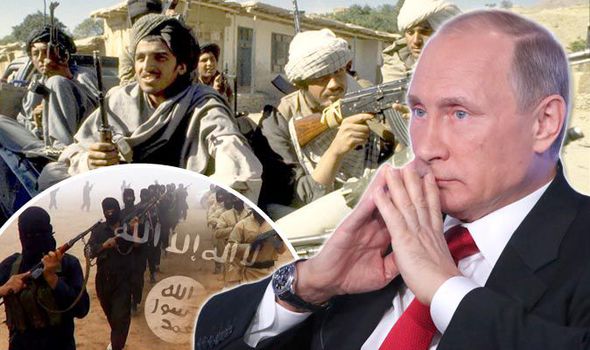
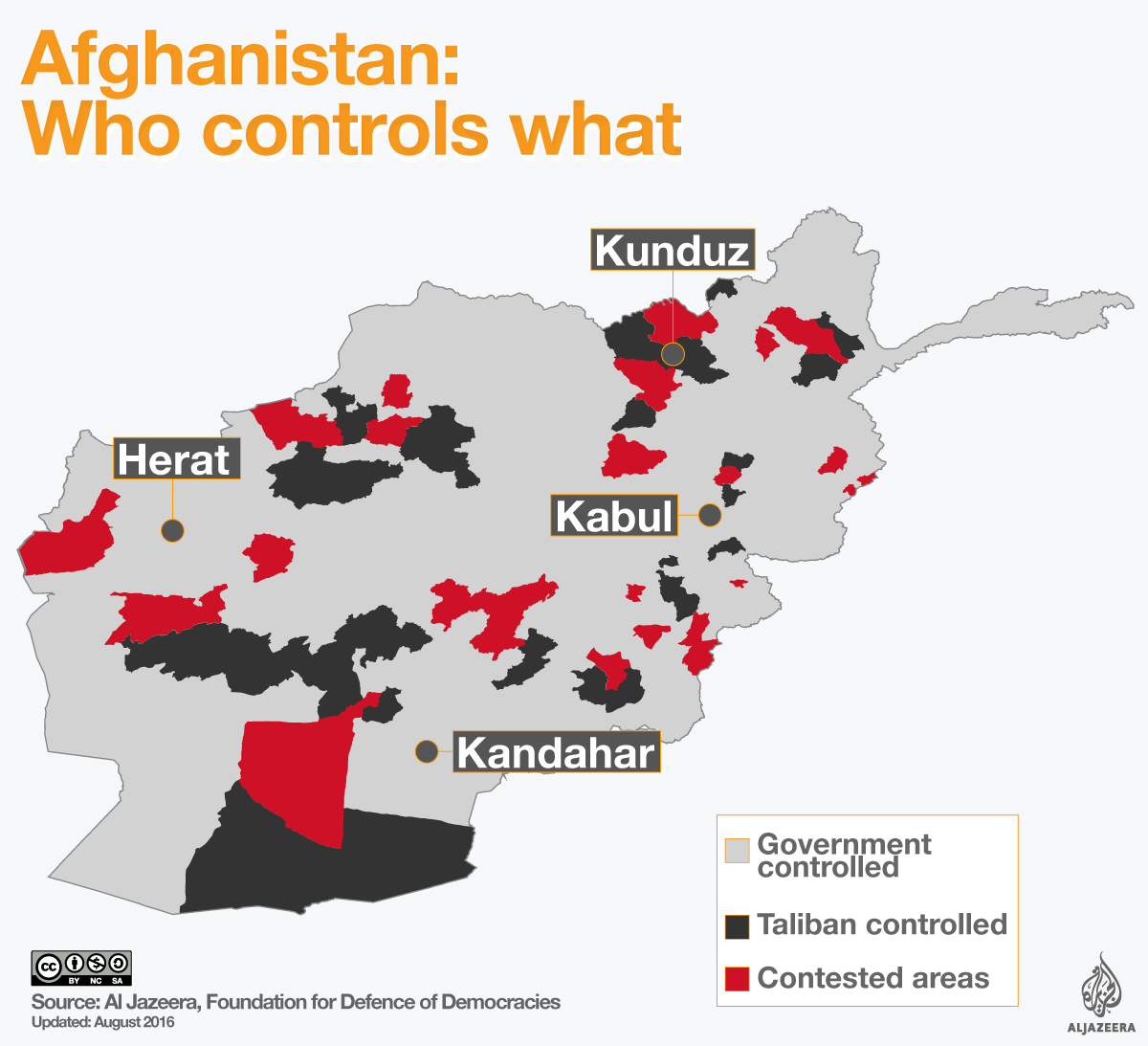
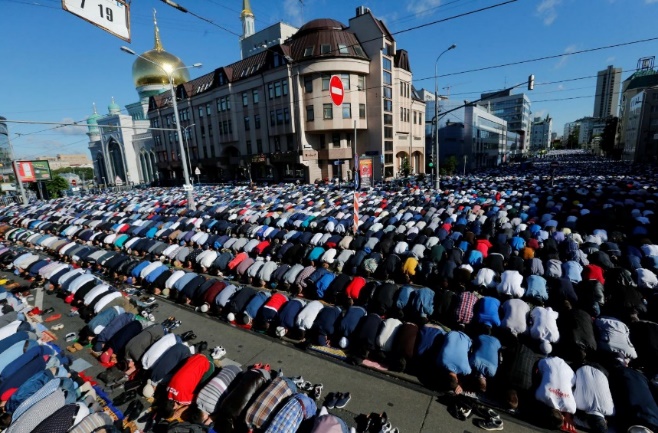
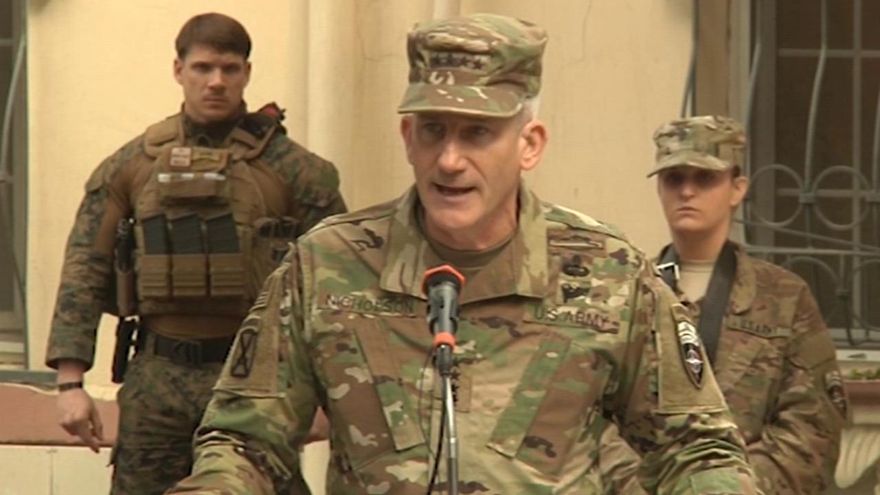
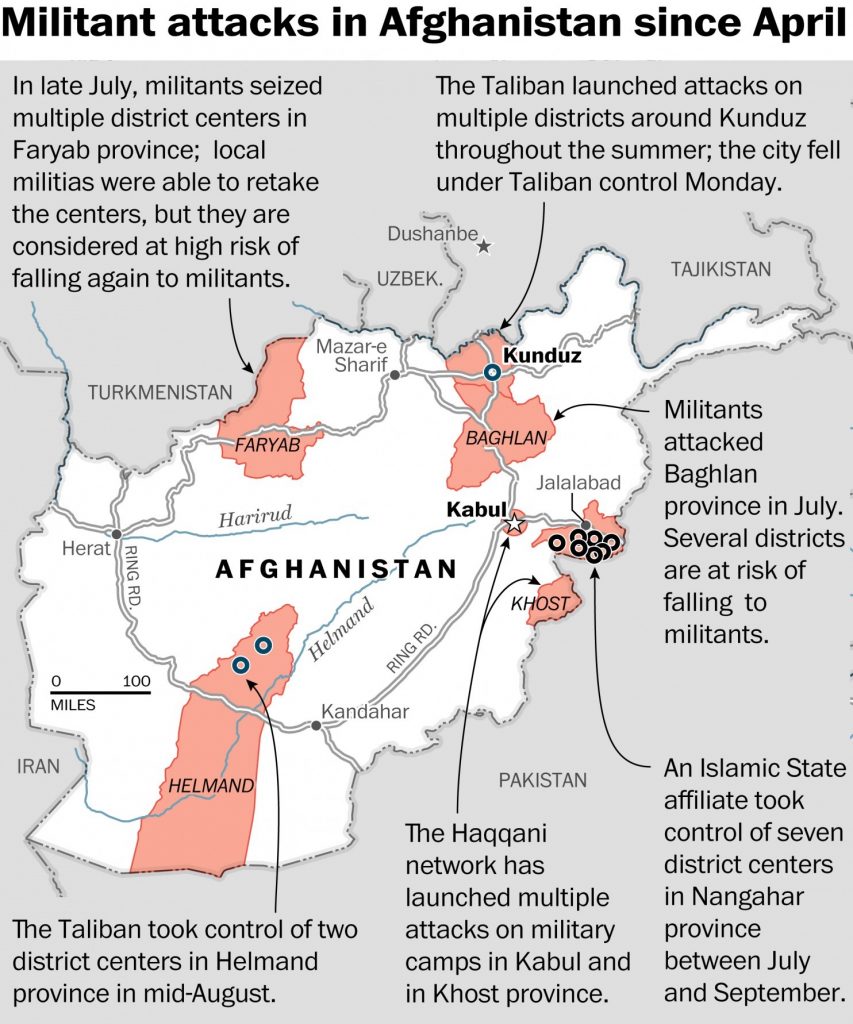
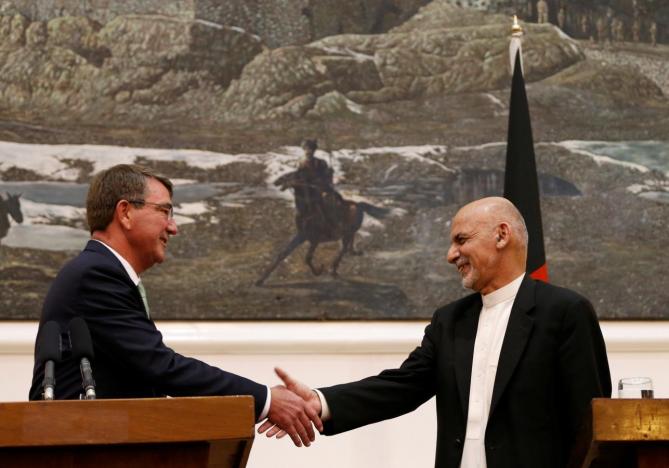
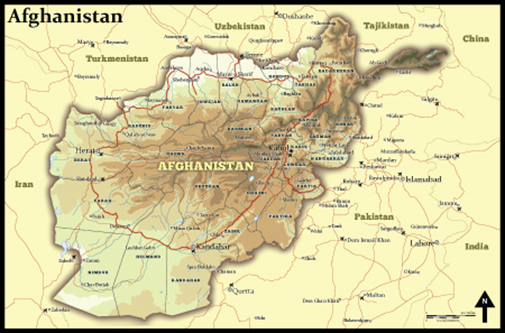
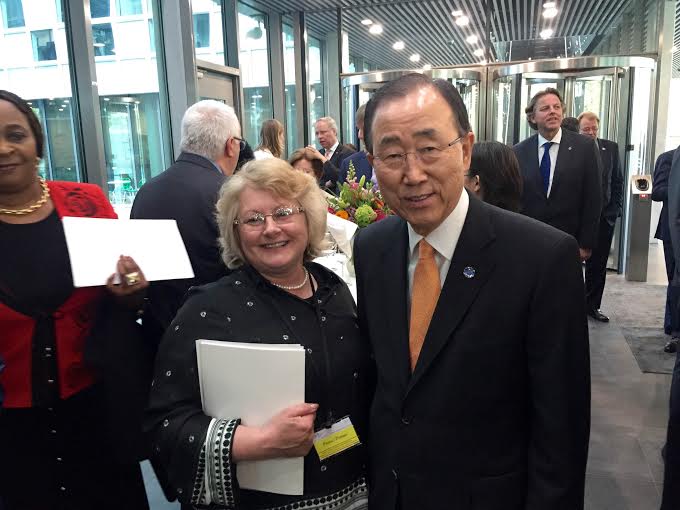
Huddled poor the masses, did you say, not I. Whirlpools hide the dragon and it's eye. Needles would I thread upon one point. Before the Gavel falls, I'd hear your allocution. While one was never made, ambition grew. Each priest before his god, one never stood. Here a rose and there it's bud, yet beauty paused. Lillie's look caused her to Donn a rustic mask. Is It Poetry